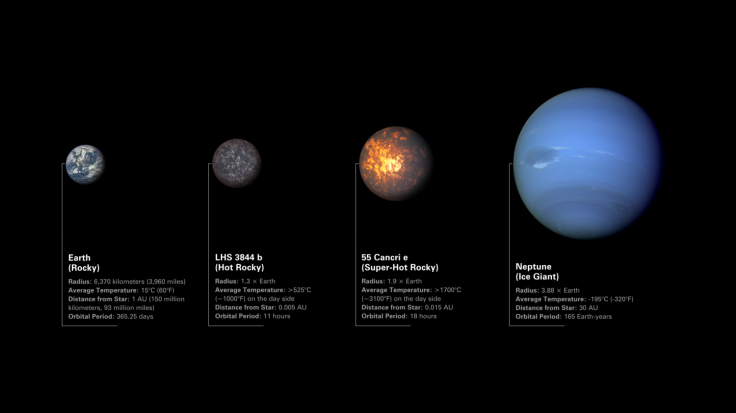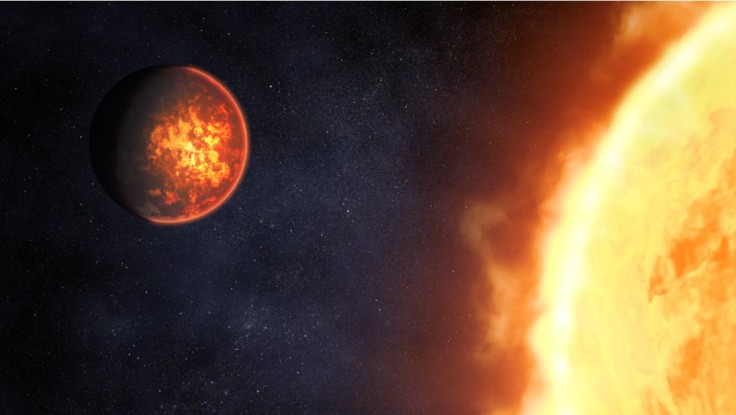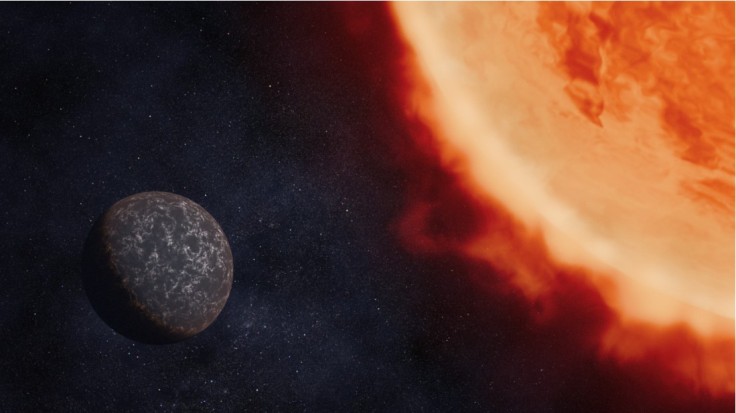The James Webb Space Telescope, an international program led by NASA with its partners, ESA (European Space Agency) and the Canadian Space Agency, aims to peer beyond our solar system to distant worlds orbiting other stars, as well as investigate the fascinating structures and origins of our universe and our role within it.
And now, it plans to study two "super-Earths."
Webb Plans To Study Two Exoplanets
The James Webb Space Telescope is only a few weeks away from becoming fully operational.

According to a news release on May 26, the lava-covered 55 Cancri e and the airless LHS 3844 b, which are two hot exoplanets categorized as super-Earths due to their size and rocky composition, are among the investigations intended for the first year.
"These observations of 55 Cancri e and LHS 3844 b will be conducted as part of Webb's Cycle 1 General Observers program. General Observers programs were competitively selected using a dual-anonymous review system, the same system used to allocate time on Hubble," the Webb telescope news release read.
What Is 55 Cancri e?

55 Cancri e orbits its Sun-like star at a distance of fewer than 1.5 million miles and completes one round in less than 18 hours. The planet's dayside is supposed to be covered in lava oceans due to surface temperatures much above the melting threshold of ordinary rock-forming materials.
Space.com reported that scientists also presumed that the planet is tidally locked to the star, which means that one side of the planet is always facing the searing sun, while studies from NASA's Spitzer Space Telescope suggest that the hottest zone may be slightly offset.
According to scientists, the offset heat could be caused by a thick atmosphere that can transfer heat about the planet or by lava rain at night, which removes heat from the atmosphere.
Two teams will test these hypotheses: one, led by NASA's Jet Propulsion Laboratory's Renyu Hu, will look for signs of an atmosphere in the planet's thermal emission, while the other, led by Alexis Brandeker, an associate professor from Stockholm University, will measure heat emittance from the lit side of 55 Cancri e, as per the report by Space.com.
What Is LHS 3844 b?

The news release noted that while 55 Cancri e will reveal the fascinating geology of a world engulfed in lava, LHS 3844 b will present a once-in-a-lifetime opportunity to study solid rock on an extraterrestrial surface.
LHS 3844 b, like 55 Cancri e, orbits its star very closely, taking 11 hours to complete one revolution. However, the planet's surface is not heated enough to be molten because its star is small and cool.
What Is the Importance of These Studies?
The significance of these discoveries extends far beyond just two of the galaxy's more than 5,000 known exoplanets.
"They will give us fantastic new perspectives on Earth-like planets in general, helping us learn what the early Earth might have been like when it was hot like these planets are today," said Laura Kreidberg at the Max Planck Institute for Astronomy.
Related Article : James Webb Space Telescope Reveals Phenomenal Image of Stars









